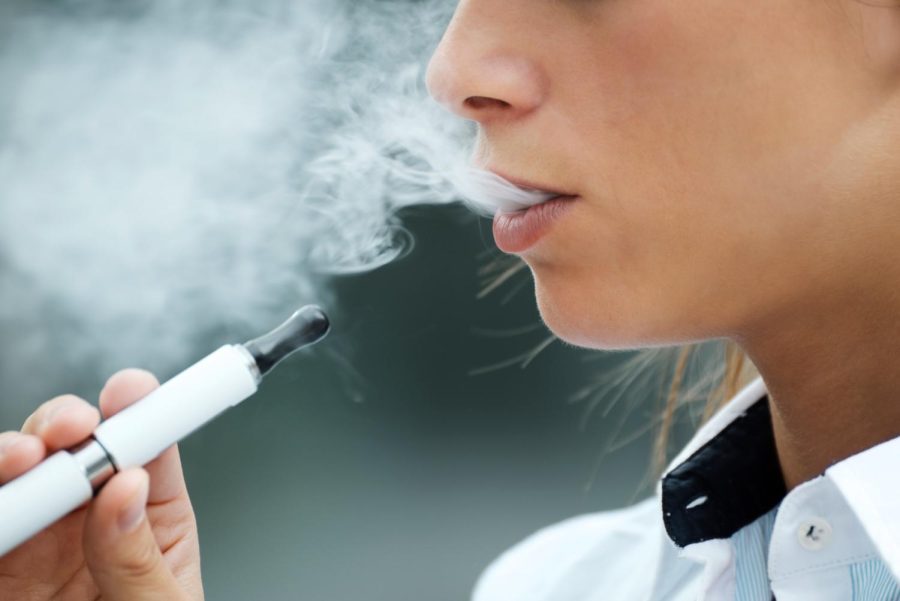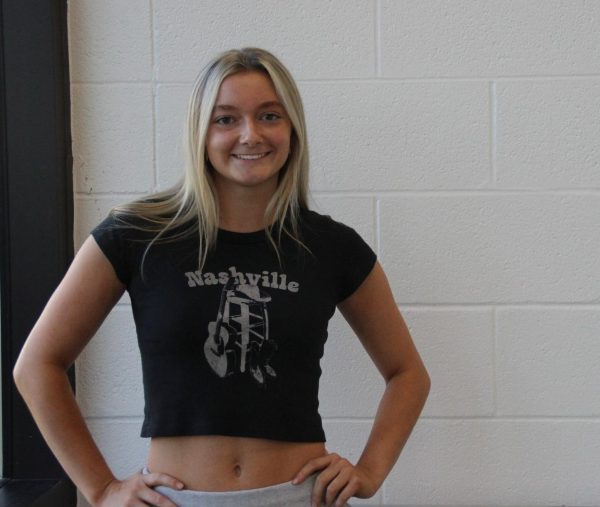Teen vaping becomes an increasing topic among JA schools
December 7, 2022
A recent survey conducted by the Center for Disease Control and Prevention found that over 2 million middle and high school students have vaped in the last 30 days in just the year of 2022. So far, this means that 1 in 7 high school students in the U.S has used a vape or currently uses one.
Now that teen vaping rates have increased to 14.1% of high schoolers in the U.S, it leaves the issue of Jonathan Alder Schools and the seemingly un-resolvable vaping problem here as well.
Principal Clint Hayes explains that finding one cause for the issue can be challenging. He suggests that vape companies marketing their products to younger people could be a contributing factor.
“I think one thing that really annoys and disgusts me is the tobacco companies that basically market things like good tasting fruity flavors and the small size, they are flat out going after and trying to market vaping to children,” Hayes says.
There are many risks teenagers take when using a vape. According to the CDC, vaping can lead to nicotine addiction, which then goes on to affect things like mental health, brain development, respiratory issues, and other serious health problems.
JA health teacher Craig Kyle believes that addiction is potentially the biggest consequence of vaping.
“Any time you put something into your body, you need to educate yourself on the risks and rewards,” he says. “I’m talking good or bad, but when it comes to vaping, just knowing that there is a lot of harm that can come from it and most people want to talk about how tobacco or smoking or vaping can affect your health but it needs to be more about addiction and how being addicted to something like that takes away all your freedom.”
This school year alone, Hayes says he has already sent home twelve students for vaping or possession of a vape.
“I think it’s more prevalent than people realize,” Hayes says,“I don’t think our community is any worse or better than any other community, I think this is a problem for all high schools in America. It’s easier to get away with, it’s easier to hide than your typical cigarettes or chewing tobacco. It is much easier to hide vaping than it would be those other things that kids typically used to use in the past.”
Even though vaping will probably always be prevalent, there are actions JA administrators and teachers are taking to help prevent the use of vapes at school. Hayes mentioned teachers are keeping a close eye on the bathrooms and are more aware of student behavior.
Student athletes face more serious punishments for vaping and possessing a vape. As another tactic to discourage vaping in teens. According to a study conducted by the Women’s Sports Foundation, high school athletes were more likely to abuse nicotine products than college-level and professional athletes because there isn’t as much on the line for high school athletes as there are professional and college athletes.
As a result, the OHSAA has policies in place that say high schools can do their own form of punishing for athletes. At Alder, this involves participating in an anti-vaping education course and missing 10% of a season.
As a final message to his students, Hayes says, “I want students to know that we are remaining diligent in trying to police this and that we get no enjoyment having to punish people. When we do catch someone, it’s not a punitive thing where we can’t wait to punish you, it’s more of a thing where we want what is best for our students and to help as much as we can.”









